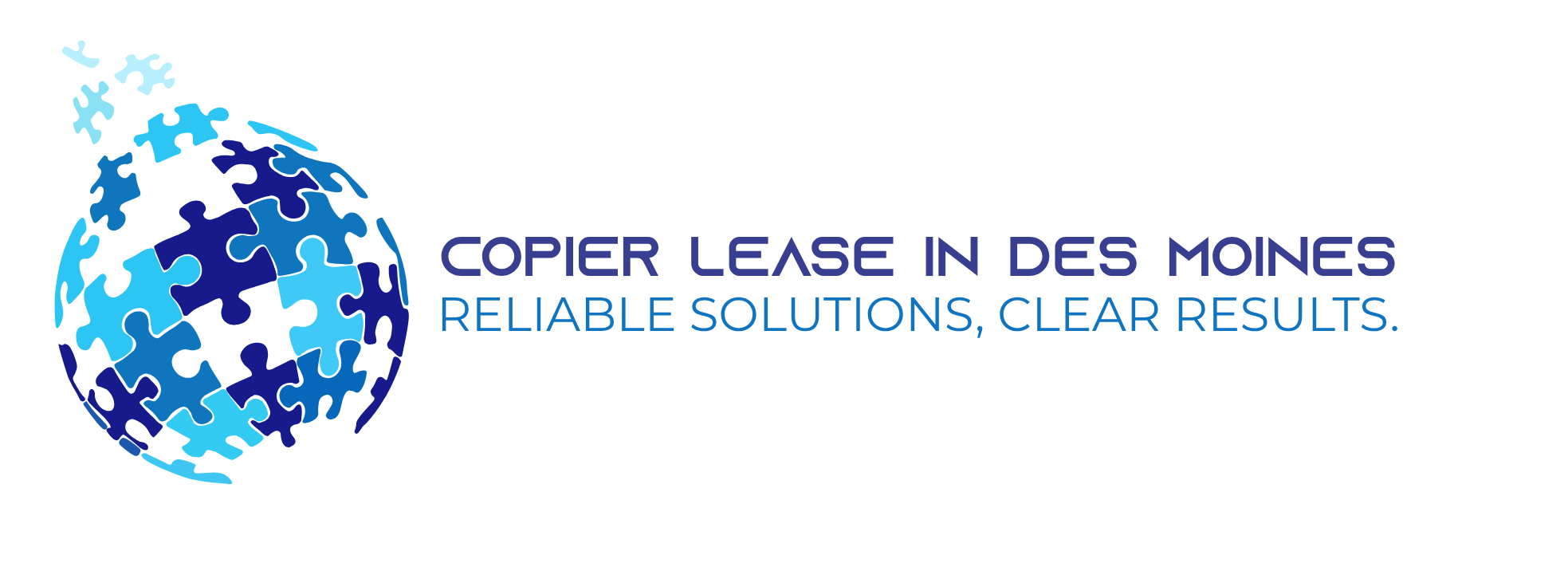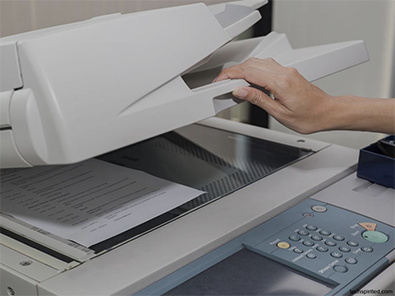Printing continues to hold significant importance in various aspects of our lives even in today’s digital age. Despite the advancements in technology, printing remains an essential communication and information dissemination tool. Two common technologies dominate the market: inkjet and toner printing. Understanding the differences between these two printing methods is essential when choosing the right printer for your needs. Inkjet printers use liquid ink sprayed onto the paper, while toner printers employ a fine powder that is fused onto the paper using heat.
Each technology has its advantages and disadvantages, ranging from image quality and speed to cost per page and maintenance requirements. By exploring the characteristics of inkjet and toner printing, you can make an informed decision about which printing method suits your specific requirements, whether it be for home, office, or professional use. So, let’s delve into the world of inkjet and toner printing to discover the strengths and considerations of each.
Inkjet Printing
Inkjet printing is a popular printing technology that has been around since the 1980s. Its printing technology works by propelling tiny droplets of ink onto a paper or other printing media. It involves a combination of precise control mechanisms, ink cartridges, and printheads to create images and text. Here are some of the pros and cons of inkjet printing:
Pros:
High-quality image printing: Inkjet printers are renowned for their excellent color accuracy, making them ideal for printing photographs and graphics. Inkjet printers can produce high-quality images with resolutions up to 4800 x 1200 dpi.
Affordable upfront cost: Inkjet printers tend to be less expensive than toner printers, making them an attractive option for home users or small businesses on a budget.
Print on various media: Inkjet printers can print on various types of media, including glossy photo paper, cardstock, and even fabrics, making them versatile and flexible.
Cons:
Higher cost per page: Ink cartridges for inkjet printers are typically more expensive than toner cartridges, and they tend to have a lower page yield, which means the cost per page is higher.
Slower printing speed: Inkjet printers are generally slower than toner printers, making them less suitable for high-volume printing jobs.
Maintenance requirements: Inkjet printers require more frequent maintenance, such as regular printhead cleaning, to prevent clogging and ensure optimal print quality. Ink cartridges may also dry up if the printer is left unused for extended periods, resulting in additional costs for replacement cartridges.
Toner Printing
Toner printing is a popular printing technology used in laser printers, photocopiers, and multifunction devices. It works by using a powdered toner, which is transferred electrostatically onto a printing medium, typically paper. Toner particles are fused by heat to the paper, coming up with a permanent image.
Pros:
High-quality text reproduction: Toner printing produces sharp, crisp text that is ideal for printing documents.
Fast printing speeds: Toner-based printers are typically faster than inkjet printers, making them ideal for high-volume printing jobs.
Lower cost per page: Toner cartridges generally have a higher page yield than inkjet cartridges, which means the cost per page is lower.
Low maintenance requirements: Toner cartridges typically last longer than ink cartridges, so they require less frequent replacement.
Cons:
Limited color range: Toner printers are not as effective at reproducing colors as inkjet printers, so they are not ideal for printing photographs or other color-rich graphics.
Expensive upfront cost: Toner-based printers are typically more expensive to purchase than inkjet printers.
Environmental concerns: Toner cartridges are made from plastic and can contribute to landfill waste. However, many toner cartridges can be recycled or refilled to reduce waste.
Complexity: Toner-based printers are more complex than inkjet printers, which can make them more difficult to maintain and repair.
Comparison of Inkjet and Toner Printing
Toner and inkjet printing are two distinct technologies that offer different advantages and are suited for various printing needs. Understanding the significant differences between toner and inkjet printing can help you choose the most appropriate option for your specific requirements. Here are some key differences to consider:
Printing Technology
Image Quality
Speed
Cost per Page
Toner Printing
Inkjet Printing
Maintenance Requirements
Conclusion
Choosing between inkjet and toner printing ultimately depends on your specific printing needs and preferences. Both technologies offer distinct advantages and considerations that can impact your overall printing experience and cost-effectiveness. Ultimately, selecting the right printing method involves finding the balance between your budget, desired print quality, speed, and overall efficiency. Assess your specific needs, research printer models, and consider professional recommendations to make an informed decision that aligns with your printing requirements.



